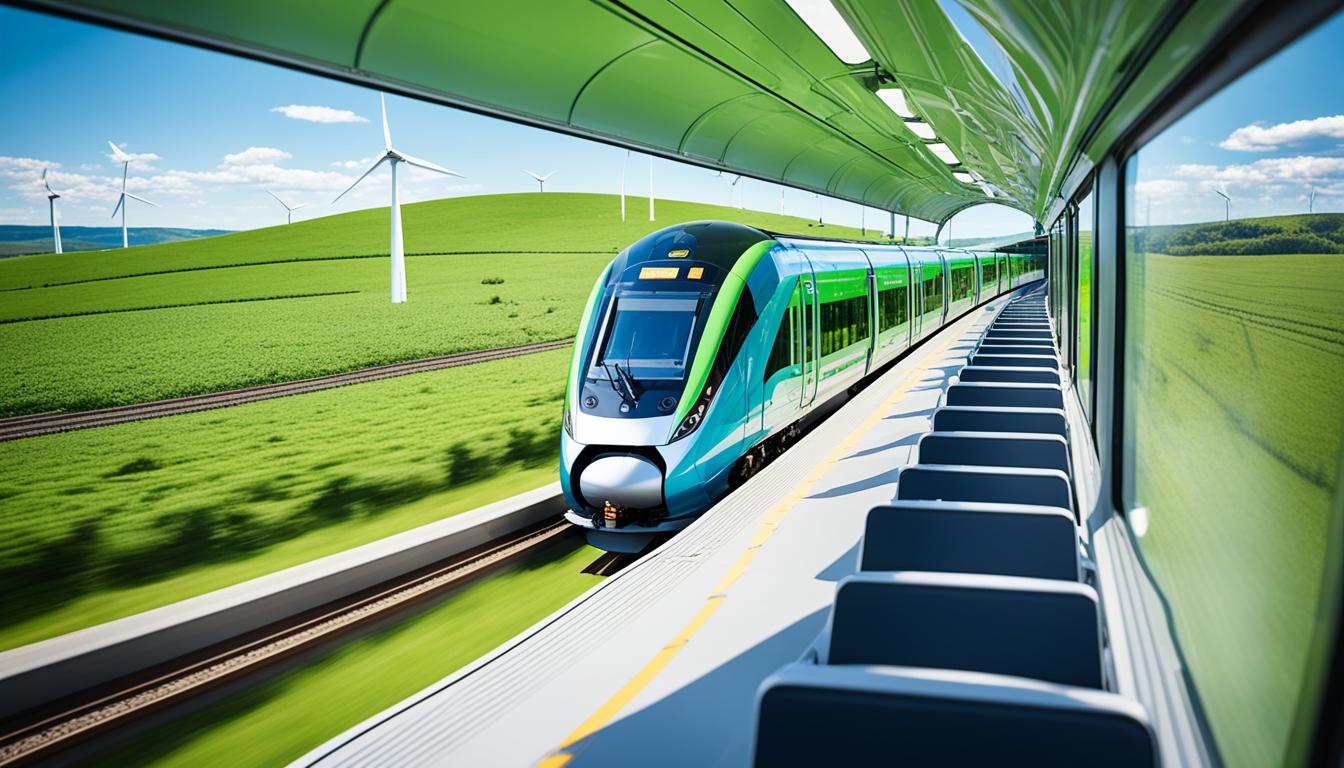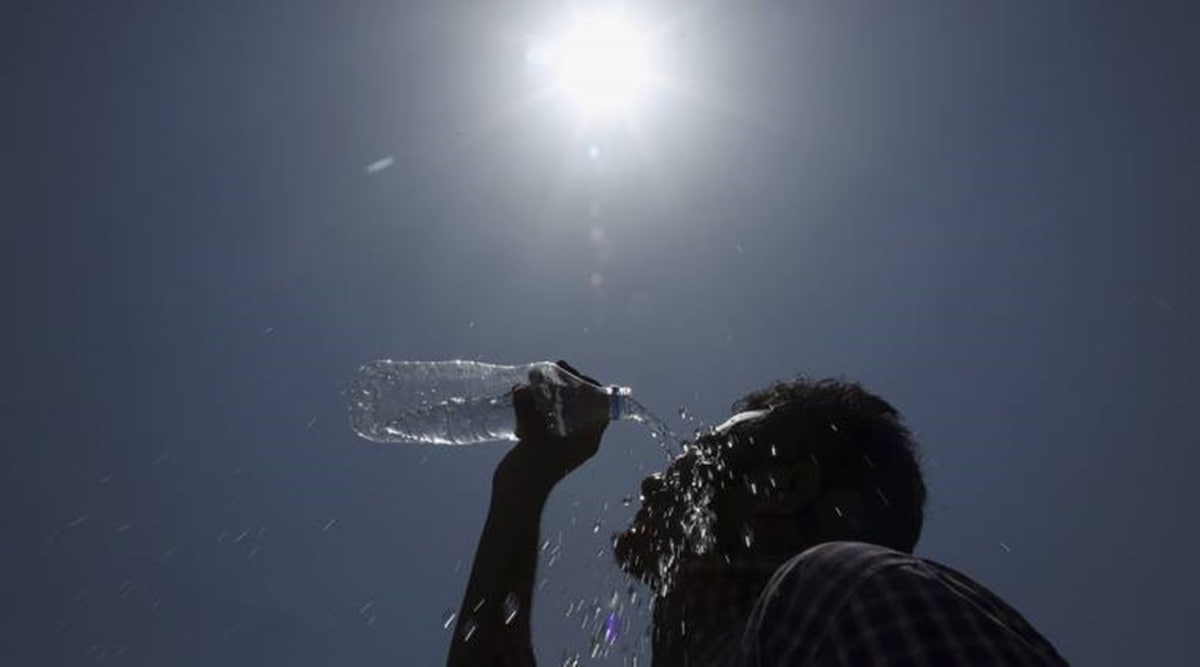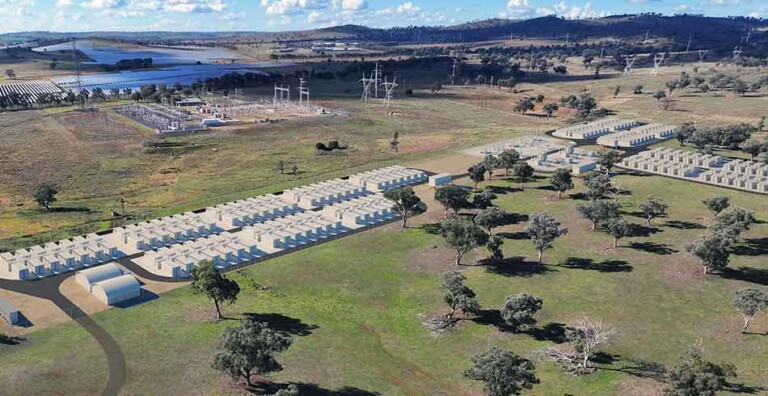Harnessing The Wind: The Future Of Sustainable Train Travel

Table of Contents
Wind Power Integration in Rail Networks
Harnessing the power of the wind offers a compelling solution to reduce the carbon footprint of train travel. This can be achieved in two primary ways: through on-board wind turbines and by utilizing wind farms to power the rail network.
On-board Wind Turbines
The integration of small-scale wind turbines directly into train designs presents a fascinating avenue for sustainable train travel. While still in the experimental stages, the concept holds significant promise.
- Reduced reliance on fossil fuels: On-board wind turbines can supplement existing power sources, decreasing the reliance on diesel or electricity generated from non-renewable sources.
- Challenges in design and integration: The biggest hurdle lies in designing turbines that are both efficient and robust enough to withstand the vibrations and varying speeds of a moving train. Aesthetics and aerodynamic impact also need careful consideration.
- Potential for hybrid systems (wind + solar): Combining wind turbines with solar panels on train rooftops could create a hybrid system capable of generating substantial amounts of clean energy.
- Case studies of experimental wind-powered trains: Several research institutions and companies are actively exploring the feasibility of wind-powered trains, with promising initial results. These projects often involve detailed simulations and scaled models to test the effectiveness of different turbine designs and placements.
Wind Farms Powering Rail Lines
Strategically positioning wind farms near railway lines offers a more established route to integrating renewable energy into rail networks. This approach leverages existing wind energy infrastructure to directly supply the electricity grid that powers electric trains.
- Cost-effectiveness analysis: The viability of this approach depends on factors such as wind resource availability, land costs, grid infrastructure, and the overall cost of building and maintaining the wind farm. Life-cycle cost analyses are essential to determine long-term economic benefits.
- Environmental benefits: Wind farms dramatically reduce reliance on fossil fuels and lower greenhouse gas emissions associated with electricity generation for rail operations.
- Land usage considerations: Careful planning is needed to minimize the environmental impact of wind farm construction, such as considering the impact on local ecosystems and wildlife.
- Synergy with existing infrastructure: Co-locating wind farms with existing railway infrastructure can optimize land use and reduce transmission losses.
- Examples of successful implementations: Several countries have successfully implemented wind power to supplement their national rail networks, showcasing the feasibility and effectiveness of this strategy.
Reducing the Carbon Footprint of Train Manufacturing
The sustainability of sustainable train travel extends beyond operations; it also encompasses the manufacturing process itself. Minimizing the environmental impact of train production is crucial to achieving a truly green rail system.
Sustainable Materials
The materials used in train construction have a significant impact on their overall environmental footprint. The adoption of sustainable materials is paramount for eco-friendly rail transport.
- Lightweight materials for energy efficiency: Using lighter materials reduces the overall energy required to operate the train, improving efficiency and reducing fuel consumption.
- Bio-based composites: These materials, derived from renewable resources, offer a more sustainable alternative to traditional materials such as steel and aluminum.
- Recycled aluminum and steel: Employing recycled materials significantly reduces the demand for virgin resources and lowers manufacturing emissions.
- Lifecycle assessments of different materials: Comprehensive lifecycle assessments (LCAs) are crucial for comparing the environmental impact of various materials, from extraction to disposal.
Efficient Manufacturing Processes
Employing efficient manufacturing processes minimizes waste, reduces energy consumption, and lowers emissions during train production.
- Lean manufacturing principles: Implementing lean manufacturing techniques streamlines production, reducing waste and improving overall efficiency.
- Precision engineering: Precise engineering reduces material waste and ensures optimal component performance, enhancing both efficiency and durability.
- Reduced emissions from factories: Factories should adopt clean energy sources and implement emission control technologies to reduce their environmental impact.
- Sustainable supply chains: Sustainable supply chains ensure that all materials and components used in train manufacturing are sourced responsibly and sustainably.
Improving Energy Efficiency in Train Operation
Optimizing train operation for energy efficiency is another key aspect of sustainable train travel. Several strategies can significantly reduce energy consumption.
Aerodynamic Design
Streamlined train designs minimize wind resistance, reducing energy consumption and improving overall efficiency.
- Computational fluid dynamics (CFD) simulations: CFD simulations are used to optimize train shapes and reduce drag, leading to improved fuel or electricity efficiency.
- Innovative train shapes: Innovative designs, such as bullet trains, are engineered to minimize wind resistance and maximize speed with reduced energy input.
- Impact on fuel consumption (or electricity consumption): Even small improvements in aerodynamic design can lead to substantial reductions in energy consumption over the lifespan of a train.
Regenerative Braking Systems
Regenerative braking systems recapture kinetic energy during braking, converting it back into electricity that can be fed back into the grid or stored for later use.
- How regenerative braking works: When the train brakes, the electric motors act as generators, converting kinetic energy into electricity.
- Energy savings achieved: Regenerative braking can significantly reduce energy waste and improve overall efficiency, leading to considerable cost savings.
- Benefits for both electric and diesel trains: While primarily used in electric trains, advancements are making regenerative braking increasingly applicable to diesel-electric hybrids.
- Technological advancements: Continuous technological improvements are further enhancing the efficiency and effectiveness of regenerative braking systems.
Conclusion
The future of travel is inextricably linked to sustainable practices, and sustainable train travel is leading the charge. By integrating wind power, employing sustainable materials and manufacturing processes, and optimizing train designs for greater energy efficiency, we can significantly reduce the environmental footprint of rail transport. Embracing innovations like on-board wind turbines and regenerative braking is crucial in achieving a greener future for our railways. Let's continue to invest in and develop innovative solutions for sustainable train travel, creating a more environmentally responsible and efficient transportation system for generations to come. The journey towards truly sustainable rail travel is underway – let's accelerate it together.

Featured Posts
-
 Nhl Playoff Race Heats Up Showdown Saturdays Standings Analysis
May 04, 2025
Nhl Playoff Race Heats Up Showdown Saturdays Standings Analysis
May 04, 2025 -
 West Bengal Weather Four Districts Face Severe Heatwave Conditions
May 04, 2025
West Bengal Weather Four Districts Face Severe Heatwave Conditions
May 04, 2025 -
 The Countrys Evolving Business Landscape A Map Of Key Growth Areas
May 04, 2025
The Countrys Evolving Business Landscape A Map Of Key Growth Areas
May 04, 2025 -
 Bakole Vs Ajagba Expert Betting Tips And Analysis
May 04, 2025
Bakole Vs Ajagba Expert Betting Tips And Analysis
May 04, 2025 -
 Financing A 270 M Wh Bess In Belgiums Complex Merchant Market A Practical Guide
May 04, 2025
Financing A 270 M Wh Bess In Belgiums Complex Merchant Market A Practical Guide
May 04, 2025
